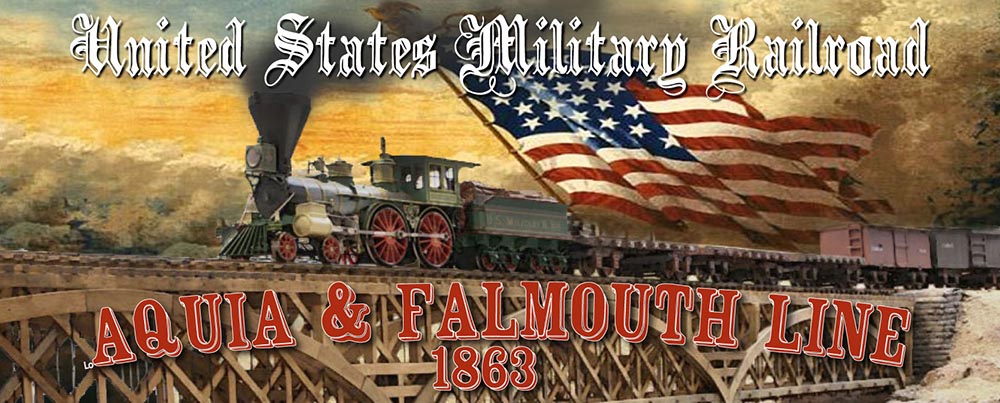 |
| Pole line near the water mill. This scene is almost complete, all that is missing is Nellie and her pig |
Anyone who has been to
U.S. Army Airborne School knows what the phrase, "hit the hole pole man, hit the hole!" means. After reciting that phrase over hundreds of pushups, it is indelibly etched into my mind. So it is not surprising that as I finished installing the last 36 telegraph poles on the Aquia line, that phrase popped into my head over and over.
 |
Any time you can use a rubber mallet in layout
construction, you should happily seize the chance |
When
I made the first batch of telegraph poles in 2011, I used custom made brass turnings for the top-hat insulators. But a few years ago, I noticed that the nylon axle bushings that Tichy offers for HO truck frames were the perfect size to act as O scale top-hat insulators. To speed the construction of the insulators process, I decided to laser cut the wooden pegs that hold the insulators to the poles, instead of shaping each one by hand. I was able to make quickly the 72 insulators I needed plus a few spares.
I spray painted the insulators a flat black color. Then I glued the pegs into the holes in the underside of the nylon bearings with CAA. Once the CAA set, I trimmed the insulators from their frets and glued them to the poles.
 |
Dead cattle from shock waves when
hammering in the 16D Nail to make pole holes. |
To make the poles I selected an assortments of stalks from weeds I collected a few years ago. Alas, the city has redeveloped the field where I used to get these stalks. It remains to be seen if any will be available for harvesting this winter.
 |
| Cedars hide backdrop corner |
I glued the pegs to the poles with CAA. Once they were set, I gave them a wash of black, gray and tan to hide any shiny glue residue. I planted them about 16 inches apart. I introduced a little forced perspective by shortening the poles and planting them closer together in places where they moved away from the viewer.
With the poles in place, I added the green lycra E-Z Line from
Berkshire Junction to simulate the wires. This is an amazing product as the line is very flexible and can withstand a lot of abuse. Nonetheless, I managed to break the lines twice during install, perhaps because I used the fine wire, which is about two microns thicker than gossamer and is very hard to see, especially with bifocals. Also, be very careful with CAA near this line as it seems to set very quickly when it touches the lycra.
 |
| Trees and builds help screen view |
The completed pole line gives the layout a closer to finished look and helps tie the disparate scenes together. It adds an interesting man made element to the areas of the layout that are otherwise open country.
Next I added some foliage to the area above the tunnel portal. The purpose is to help screen the view when one looks past Brooke to Falmouth and the entrance to the layout. The large tavern and the "cedar trees", and tall pines do a pretty good job or breaking up the view.
I also was able to add some LED under cabinet lights in the staging area in the closet for the PoLA layout. Seeing this blank wall makes me want to add some kind of backdrop behind the staging tracks.


No comments:
Post a Comment